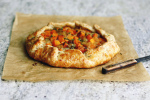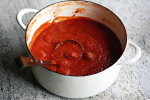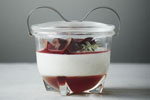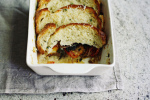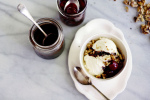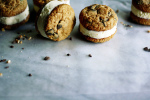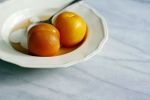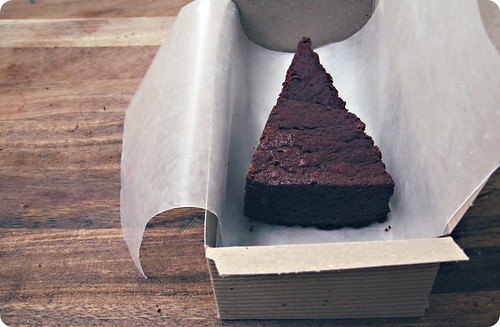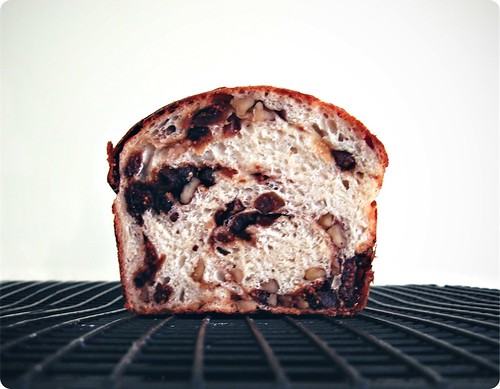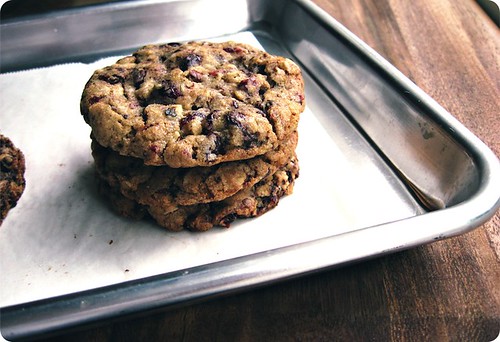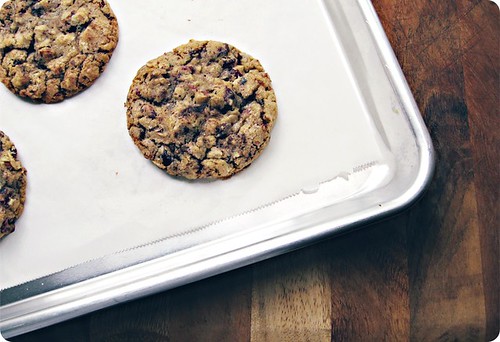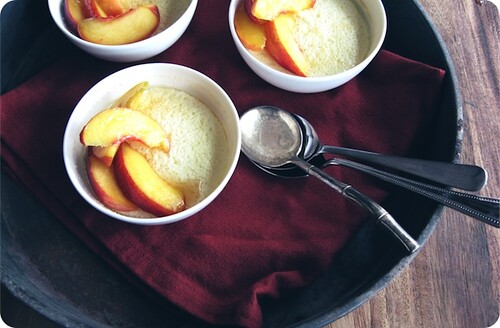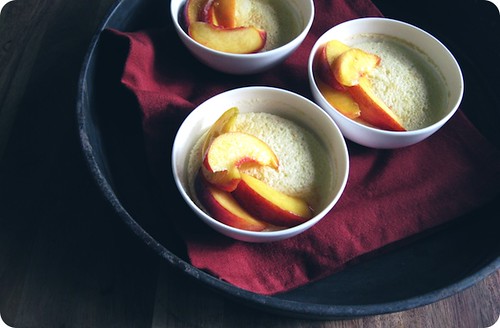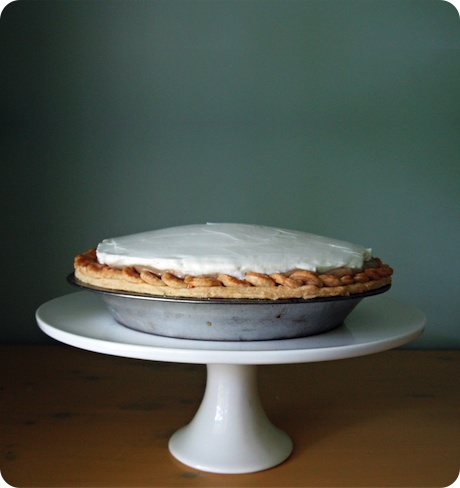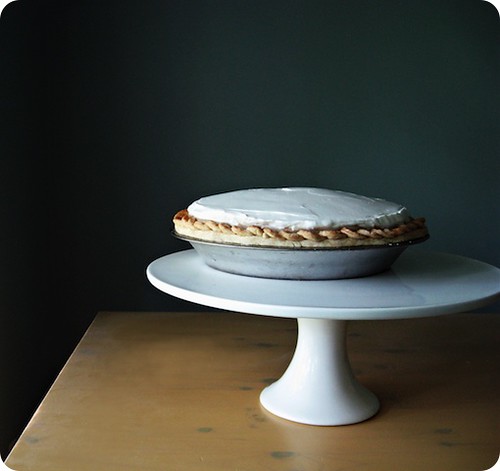Of true affection
 Thursday, October 8, 2009 at 8:21PM
Thursday, October 8, 2009 at 8:21PM There is that saying about loving something enough to give it away, and if it comes back then it was meant to be.
I'm wondering if that applies to cakes, too. Specifically a Cinnamon Walnut Mud Cake.
I made this cake for a birthday celebration I was unable to attend. It was packed up with not even a crumb missing; an exercise in willpower and an act of true affection.
The next day a generous slice was brought back to me, with thanks, so that I could share in the festivities. I took this as a sign that not only was this cake meant to be mine, but it was also meant to be one I told you all about.
My friends, this cake deserves the chatter. As straightforward as they come in method, it is a melt-n-mix affair that was just right for a midweek birthday. Despite its brooding looks, the cake is has a surprising delicacy. A fudgy underside is layered with a cracked and crumbly, mousse-like top, with airy texture that immediately melts upon contact with the tongue. Bouncy for all of its darkness, like damp, rich soil that's made of chocolate and sugar instead of, well, dirt. Walnuts break up the crumb like supple pebbles.
I sent this cake out into the world with little expectation, and it returned as a gift for me. And while a selfish little voice my be murmuring somewhere in the corners of my mind, it is a gift I am happy to share.
Grab a fork and dive in.
The box in the photo was made by simplesong designs, and is one of Suann's wonderful letterpresssed creations. Her store is full of treasures like these pencils, and her blog is a perfectly-curated collection of things that have caught her fancy, as well as her own beautiful projects (be sure to check out the adorable invitations to her son's birthday and the dinner party she recently threw for charity - it's stunning). She's just fab.
And to all my Canadian friends, Happy Thanksgiving!
Cinnamon Walnut Mud Cake
Those who appreciate the depth of chocolate might want to substitute 4 ounces of bittersweet for the same quantity of semisweet here.
Ingredients
8 ounces (2 sticks, 1 cup) unsalted butter plus more for greasing the pan
1 cup all-purpose flour
2 teaspoons baking powder
1/2 teaspoon ground cinnamon
1/4 teaspoon salt
12 ounces semisweet chocolate, chopped
4 eggs
1 cup dark brown sugar, packed
1 teaspoon vanilla extract
1 cup chopped walnuts, toasted and lightly salted while still warm
Cocoa powder, to serve
Lightly butter a 10-inch springform pan then line the bottom with a disc of parchment paper. Use strips to line to line the sides, pressing the parchment into the butter to adhere.
Preheat an oven to 350°F (175°C).
Sift or whisk together the flour, baking powder, cinnamon and salt in a small bowl. Set aside.
In a saucepan over medium heat, melt the 8 ounces of butter with the chocolate, stirring until smooth. Remove from the heat to cool slightly.
In a medium bowl, whisk together the eggs, sugar and vanilla. You do not need to blend them together terribly vigorously, just enough so that the sugar is dissolved. The mixture should barely lighten in colour and there will be a layer of bubbles at the surface but not throughout.
Pour the egg mixture into the chocolate, and stir to combine. Fold in the flour mixture, being careful not to overmix. Stir in the walnuts.
Pour the batter into the prepared pan and bake in a preheated oven for 35-40 minutes, or until the centre is puffed and cracked. A cake tester inserted into one of these cracks should come out with wet, clumped crumbs; gooey but not liquid. The cake will continue to cook as it cools, losing its crown and falling back upon itself.
Remove the cake to a wire rack to come to room temperature. To serve, release the sides of the springform carefully and remove the parchment paper. Dust the top with cocoa powder pushed through a sieve.
Makes one 10-inch cake, serving 16.
Notes:
• If I am being honest, even though I have directed to sieve together the dry ingredients in the recipe, I may have simply dumped those dry ingredients onto the wet without adverse effect. Shh. Don't tell.
• This cake likes to be handled with care. For ease of serving, chill the fully-cooled cake for around 30 minutes before slicing and it will firm up. It can be stored at room temperature for a day or two, but I prefer to keep it covered in the fridge.
• A spoonful of sweetened sour cream makes an ideal accompaniment.


